Humans news stories
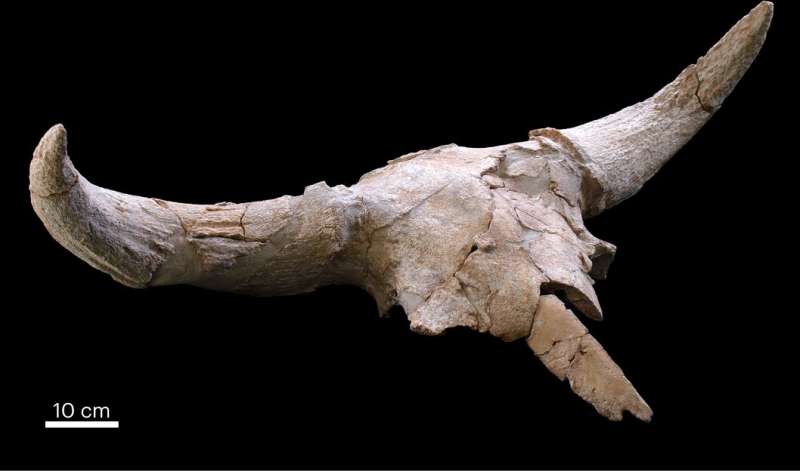
A team of researchers affiliated with a host of institutions across Spain, working with one colleague from Portugal and another from Austria, has discovered a large number of animal skulls placed by Neanderthals in Spanish cave more than 40,000 years ago
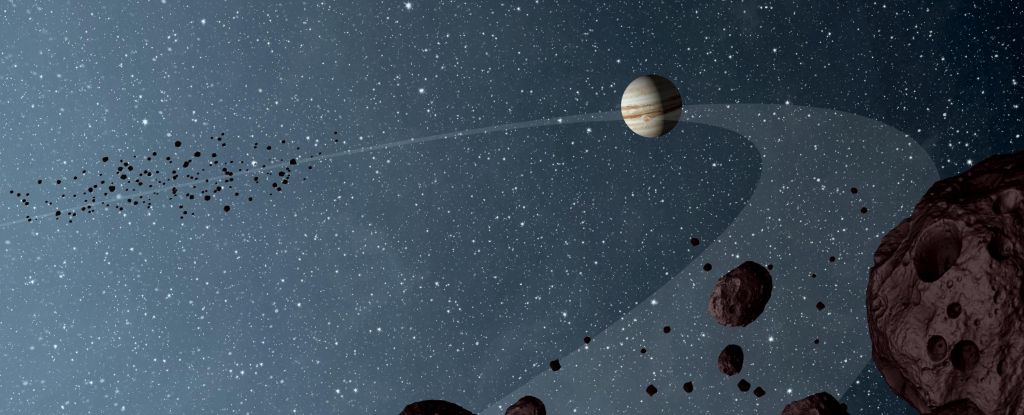
Jupiter isn’t alone along its orbital path around the Sun. Two giant swarms of asteroids have been snared in the gravitational interaction between the gas giant and our star, leading and trailing Jupiter as it treads its cosmic measure.

Forged in magma and capable of producing the sharpest blades on Earth, obsidian is without a doubt one of the most badass materials ever imagined… The jet-black volcanic glass is also extremely delicate and dangerous to work with and was not mastered by humans until the latter part of the Stone Age… or so we thought.
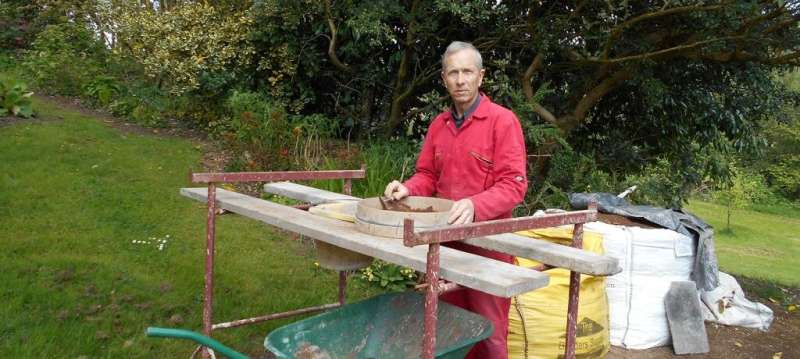
An international team led by archaeologists at the University of Central Lancashire (UCLan) has discovered the earliest human remains ever found in northern Britain.

Psychedelic medicines have shown great promise in treating mental health conditions and helping patients see life from a new perspective, but their benefits may go even further in repairing injuries to the brain and, therefore, consciousness itself.

A new study shows that the Milky Way is too big for its “cosmological wall”, something yet to be seen in other galaxies. The new research is published in Monthly Notices of the Royal Astronomical Society.
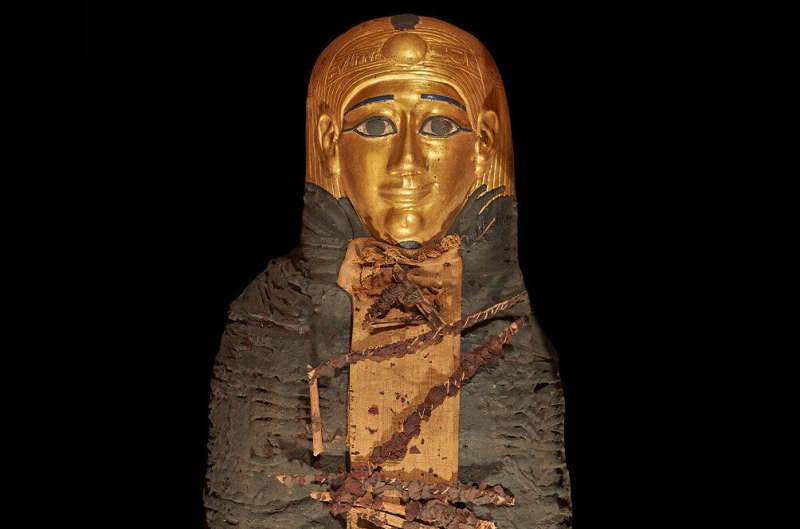
The ancient Egyptians believed that when we died, our spiritual body sought out an afterlife similar to this world. But entry into this afterlife wasn’t guaranteed; it first required a perilous journey through the underworld, followed by an individual last judgment.
Archaeologists have discovered a 7,000-year-old mass grave in Slovakia containing 38 skeletons, with all but one decapitated. The remains were found at the Vrá ble-Vèlke Lehemby site in Slovakia, one of the largest settlements of the European Neolithic period.

In the 1930s, a tarnished bronze sword was pulled from the banks of the Danube River that runs through Budapest.
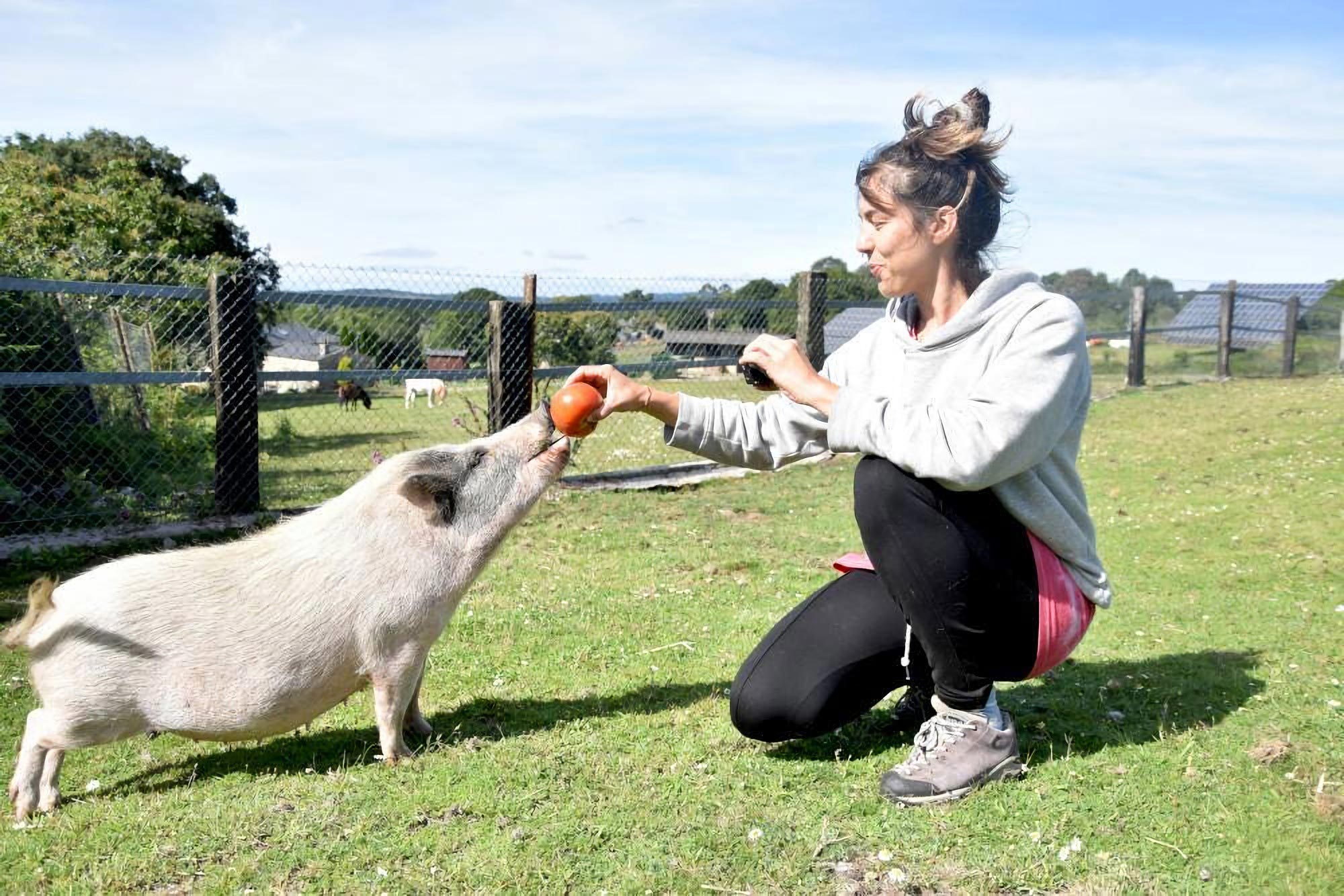
This study shows that directing humans’ attention to interesting locations may not be something that every domestic animal can do.

A small indigenous community is fighting a historic land rights claim in Canada – and they are using ancient trees and famed British explorer Captain Cook’s journal to help make their case.

A new study published in the Journal of Psychopharmacology is the first to characterize the psychological impacts of psilocybin among people with bipolar disorder.
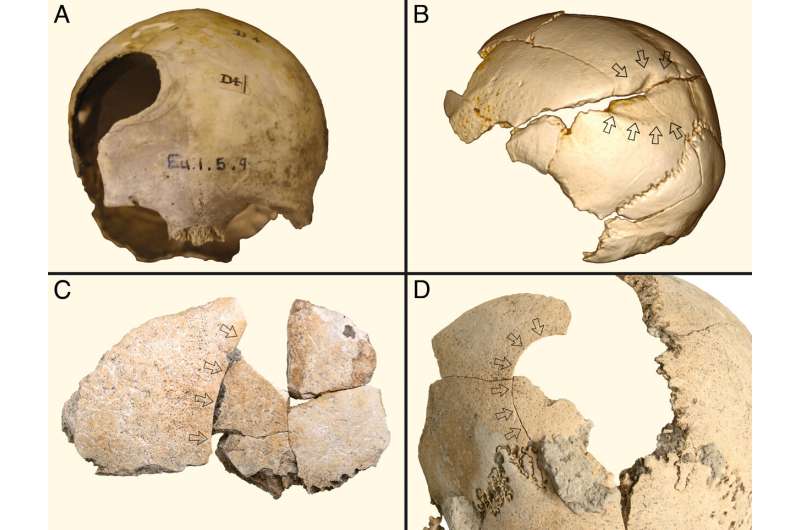
Contrary to the view that the Neolithic era was marked by peaceful cooperation, the team of international researchers say that in some regions the period from 6000BCE to 2000BCE may be a high point in conflict and violence with the destruction of entire communities.
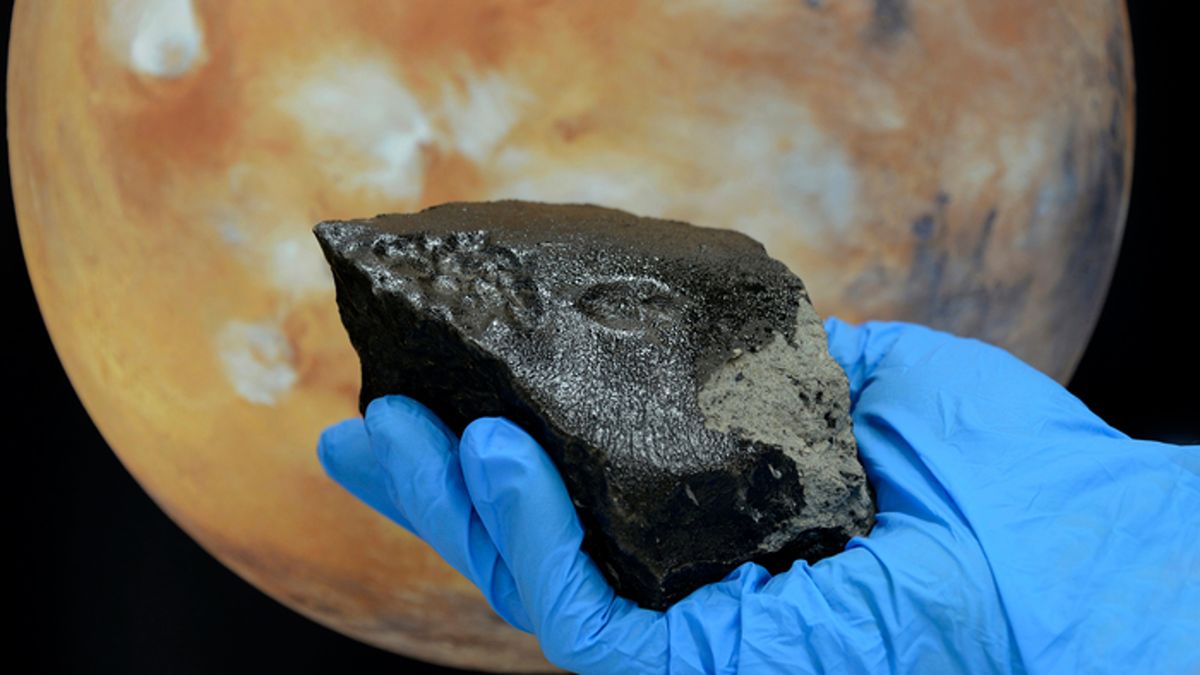
A new study into the Tissint meteorite, which crash-landed in Morocco in 2011, revealed a wide array of organic compounds hidden in the rare space rock.

Undergoing a brush with death may sound terrifying. But people who have had a near-death experience (NDE) typically report feeling peace, comfort, and calm throughout the ordeal.

A team of archaeologists from the Universities of Chester and Manchester has made discoveries which shed new light on the communities who inhabited Britain after the end of the last Ice Age.








